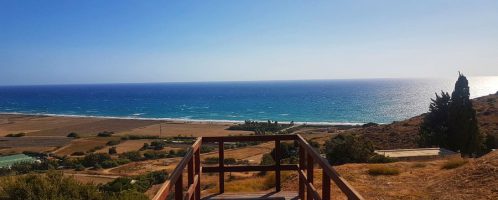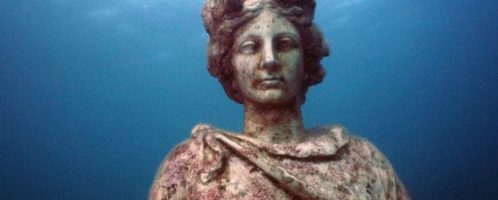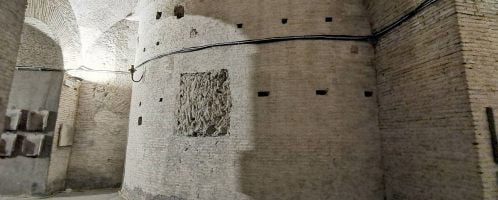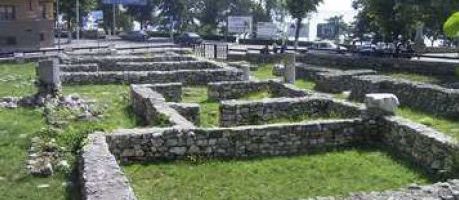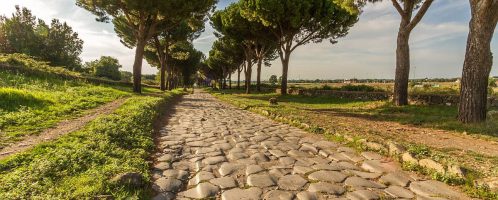Treasure of the Roman Gardens of Sallust – “The Dying Daughter of Niobe”
In this magnificent statue, which we can admire in the Roman museum in Palazzo Massimo Alle Terme, the sculptor masterfully captured both the drama of the moment and the movement of the dying woman. However, in order to fully appreciate this work, one must remember the context in which it was created. The myth of Nioba and her children was a very popular motif in ancient art.



